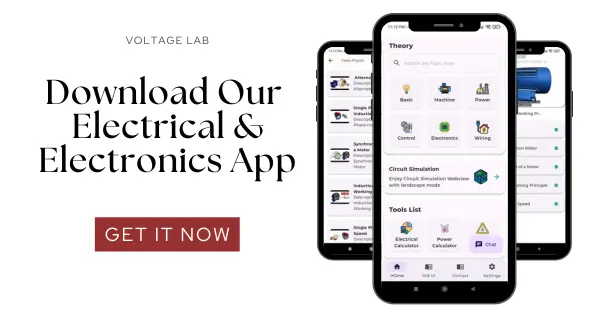Industrial Power Systems are the backbone of production, providing the necessary electricity to power machines and entire systems. In every industry, an electrical department is responsible for managing, controlling, and maintaining this vital resource. This article explores the essential components of these systems, focusing on HT and LT panels, their functions, and how they regulate voltage to ensure efficient energy distribution.
There is no substitute for producing goods in the industry than electric power. For all kinds of industrial machines, the main energy source is electricity and industrial power systems.
That’s why every industry has a separate electrical department for directing, controlling, and maintaining electric power. Electrical engineers of this department monitor electrical equipment and troubleshoot if any problem occurs. Today we will discuss industrial power systems.
HT Customer
Now you are wondering what is HT customer?
Electricity selling and distributing companies that consume 11-kilovolt line directly is HT customer.
But some industries like steel factories take 230/132-kilovolt lines directly from the grid. Steel, glass factories need a huge amount of voltage in furnaces for producing rods.
That’s why they consume a large amount of voltage directly. They are called turnkey transmission lines.
High tension/ HT Panel
This 11-kilovolt won’t use in machines directly. Because the machines are three-phase or single phase. That’s why industries need 220-400 volt. So, this 11kv voltage is turned into 380/400/440 volt by a step-down transformer. And this transformer is in an indoor substation. To turn on the HT supply side of this transformer, LBS (Load Break Switch) or VCB( Vacuum Circuit Breaker) is used. This is also called the HT panel.

Low tension / LT Panel
Now the 380-440 volt from the load side will send to another panel of industry. Which is called LT panel or low tension panel. Generally, LT voltage is sent to the panel by the busbar tracking system. This can also be done by cable.
If we think for a reasonable way then busbar is better. This LT panel has a circuit breaker, relay placed inside it. LT panel has an air circuit breaker or ACB for 380-440 volt incoming line which switches up the 440-volt line from the transformer.
The output of the air circuit breaker is sent to the distribution panel breaker by busbar. MCCB ( Molded Case Circuit Breaker) is also used in the distribution panels, and its output is again sent to different loads of industry.
An industry can have many departments. Each department is under a separate LT panel/ switchyard. Also, there is an ammeter, voltmeter, PFI meter to monitor voltage, current, and power factor.
SDB/ Sub-Distribution Board
Let’s talk about SDB and understand it by example.
- We know that there can be many employees under one employee.
- In the same way, there are many sub-distribution boards under one central distribution board. This SDB provides wire connection on loads of different floors.
- In this panel, there is an MCCB, where three lines enter from the distribution board.
- Then these three outgoing lines are connected to four busbars.
- Now you can ask three is for a three-phase line, but what about the other one? The other one is for the neutral line.
- This panel has SPCB ( Single Pole Circuit Breaker). Three-phase line of busbar goes into inputs of the breakers. And the output will go to loads of different floors. Now some of you can ask, how can we give a connection for a single-phase?
This is also easy. If you put a phase line and neutral cable of the panel intoBreaker by lag, your work will be done. There is also a green color cable. This is earthing cable. It is used for avoiding accidents of metal body short by leakage current. TPCB ( Triple Pole Circuit Breaker) is used in this panel. It is specially used for AC or another heavy load.
That’s all for today’s article on industrial power systems.
Hope now you understand industrial power systems.
You can also read: Shunt Trip Circuit Breaker Wiring Diagram



